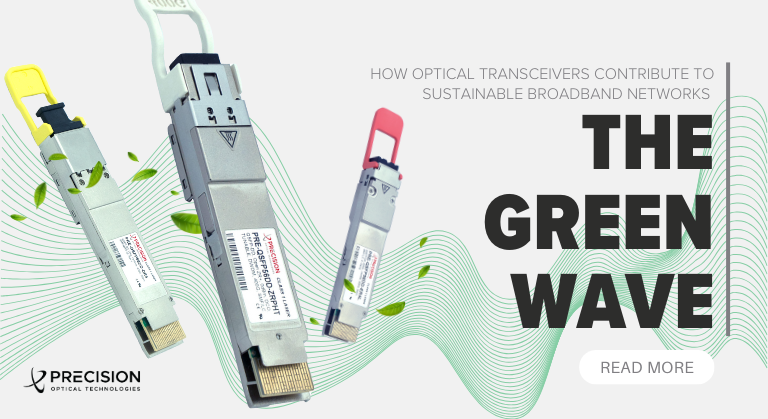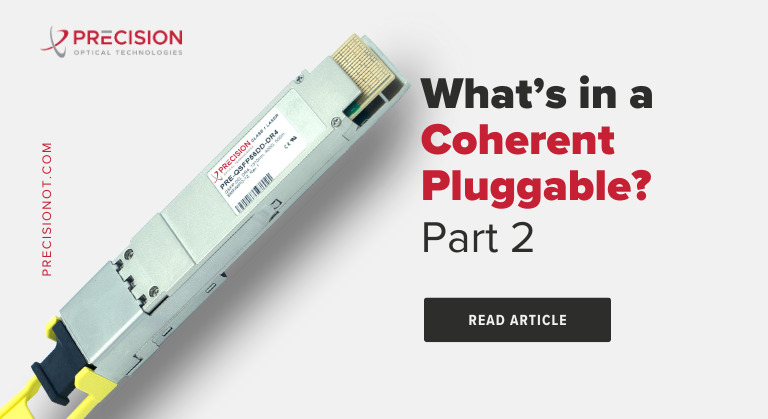
WDM a Cost-Effective Solution to Fiber Exhaust

Cloud Computing. 4G Cellular Mobile Devices. Video Streaming. High-Speed Business Class Services. These are but a few of the causes of an ISP problem known as fiber exhaust. Having no way of seeing into the future and the explosion of fiber optic communications technology it would bring, providers thought they were deploying more than sufficient amounts of fiber cabling when they initially ran it. But now as customers demand more bandwidth, they are finding that their pipelines have run out of fiber.
The problem in building a bigger pipe line is that, even though business customers are willing to pay a premium for expanded bandwidth, the costs involved in outside-plant (OSP) construction are prohibitive. In addition to ever-rising labor and material prices, permits must be secured and in some cases zoning problems arise. Due to this, installing new cable is regarded as a solution of last resort, and one to be avoided if at all possible.
WDM and Network Capacity
Wave Division Multiplexing or WDM can increase the capacity of an existing network capacity without adding a single fiber. The technology allows providers to combine multiple wavelengths on a single strand, thereby enabling equipment to be added at either end.
In contrast to legacy telecommunications systems that utilize but a small amount of the lightwave spectrum on a single piece of glass, WDM assigns separate wavelengths to specific services, then uses multiplexers to combine them on a single fiber. This enables one fiber to provide many different services.
CWDM vs DWDM
There are two types of WDM, Course Wave-Division Multiplexing (CWDM) and Dense Wave-Division Multiplexing (DWDM). The primary difference is the channel-spacing. CWDM allows for almost 100 times between channels than DWDM and so can only support up to 18 channels. It is not recommended for applications where the signal will be traveling long distances. Since DWDM leaves significantly less spacing, it allows many more wavelengths (channels) to be packed into the same fiber; and for this reason is recommended for applications that require a high number of channels and longer transmission distances. Due to its increased density, and increased transmission distance, DWDM requires more precise optical interface components and a more powerful concentrated laser beam.
Considerations and Requirements
Before installing and WDM equipment, it is necessary to make sure the existing glass will support the wavelengths that will be used. As a rule, low water-peak or zero water-peak fibers pose no difficulty, but older types may have water-peak problems that negate their use.
The intended environment should also be considered, especially if unconditioned cabinets or splice cases will be used, or if CWDM passives will be deployed outside the plant.
To learn more about the topics covered in the telecommunications blog or for information about our optical transceivers, please contact us.






